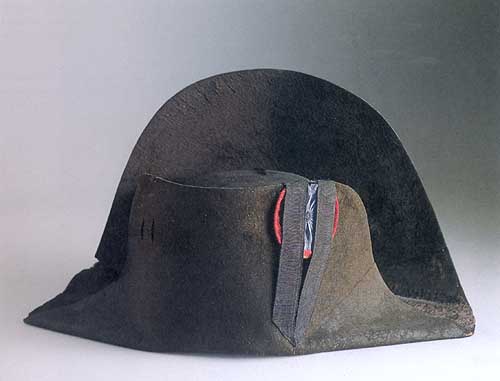1812 the year of fire and ice
I have built up my Napoleonic library over many years. Most of the books I bought here in England were highly critical of Napoleon and everything he stood for - no surprises there then. It was only as I read books by American authors in particular that I realized that the same historical events were open to more than one interpretation. Then, as I read and discovered more myself, I saw that Napoleon had been rated one of the greatest geniuses of all time by no less a person than Goethe, who met the French Emperor and received the Legion of Honour from him in person. Heine and Nietszche were other admirers of Napoleon. More recently, a wide perusal of the Net has revealed nuggets of pure joy for the Napoleonic researcher. Abbott's writings were completely new to me when I came across them last year as was the excellent commentaries by Walter Runciman, especially his 1919 volume Drake, Nelson and Napoleon. Runciman who lived from 1847-1937 was likewise brought up to believe in the myth of the Corsican Ogre and yet he came to a completely different assessment of Napoleon after extensive reading in the British archives.
One of the best books about Napoleon and his Grand Army is by John Elting. Swords around a Throne is full of great anecdotes and those little human touches that reveal Napoleon the man. The scholarship of the sadly deceased Elting is superb and there are chapters about every branch of the French Army including information about cantinieres and other vital elements of the non-military participants in glorious pages of history. No fact is too arcane but that Elting has a comment to make about it. There are many references to 1812 scattered throughout the volume and they are all well worth reading.
For the political element of the Franco-Russian struggle and particularly the personal relationship between Napoleon and Tsar Alexander, Curtis Cate's book The War of the Two Emperors is invaluable. Alan Palmer's Russia in War and Peace is also useful and had excellent illustrations particularly contemporary Russian ones.
My favourite writing of all however, are eye-witness accounts of the horrors of this Russian epic. I have already mentioned the memoirs of Bourgogne and Coignet. One superb trilogy that utilizes scores of such first-hand witnesses is that by Paul Britten Austin. Although Austin is no real fan of Napoleon, the sheer effort of putting dozens of different perspectives into one continuous narrative is extremely impressive and I enjoyed reading his volumes considerably.
What first got me interested in the Russian campaign was reading Anthony Brett-James' 1812 eyewitness accounts (1966). Sadly, this seems to be out of print now but if you can find a second-hand copy it will be well worth the trouble. Similarly, Boris Uxkull's Arms and the Woman gives an excellent Russian view on this campaign. I found my copy by accident in a second-hand book store in Doncaster, England- I had never heard of it before. I enjoyed reading it back in 1987 and more recently in 2005. Amazingly, Amazon have a dozen versions of this volume, one for as little as two dollars.
I cannot finish without mentioning the very recent work of my friend, that excellent French historian Jean-Claude Damamme whose Les Aigles en Hiver (The Eagles in Winter) came out last year, published by Plon. As yet, it is unavailable in English. How I regret that my French is so poor! Other excellent books by Monsieur Damamme are available. If you want an account of Waterloo that has regard to history and not propaganda - do take a look.
C. John Tarttelin M.A. History
Author of The Real Napoleon - The Untold Story
A Souladream Production




